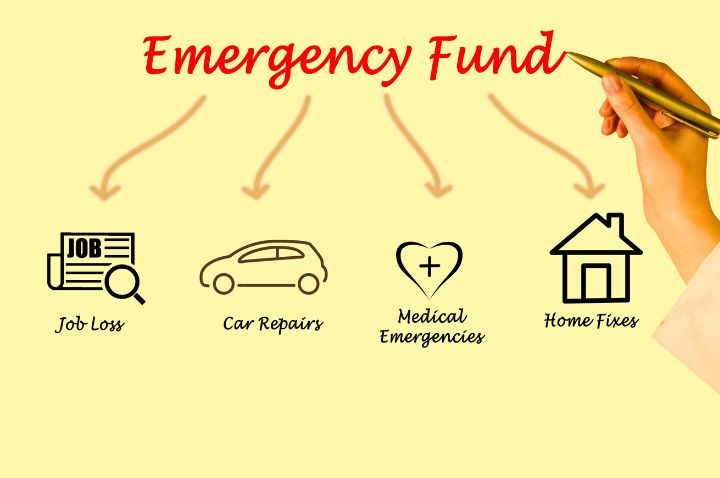How to Build an Emergency Fund (Even on a Tight Budget)
Life has a way of throwing curveballs job loss, medical bills, car repairs. Without a financial safety net, these surprises can push you into debt fast. That’s why an emergency fund isn’t just a nice-to-have it’s essential.
But what if you’re living paycheck to paycheck? The good news is, you can build an emergency fund, even with limited income. Here’s how.
Step 1: Set a Realistic First Goal
Many experts recommend 3–6 months of expenses, but if that feels overwhelming, start smaller.
-
Begin with $500–$1,000 as your first milestone.
-
Once you hit that, aim for 1 month of expenses, then 3 months, and so on.
Why it works: Smaller goals feel achievable, keeping you motivated.
Step 2: Open a Separate Savings Account
Out of sight, out of mind.
-
Use a high-yield savings account so your money grows while it sits.
-
Keep it separate from your regular spending account to avoid “accidental” withdrawals.
Tip: Online banks often offer higher interest rates than traditional banks.
Step 3: Automate Your Contributions
Consistency is key.
-
Even $10–$20 a week adds up over time.
-
Set up an automatic transfer the day after you get paid.
Example: Saving $20/week equals over $1,000 a year—without feeling like a huge sacrifice.
Step 4: Cut Small, Temporary Expenses
You don’t need to give up everything you love—just make temporary trade-offs.
-
Skip takeout one night a week.
-
Pause a subscription service for a few months.
-
Buy generic brands instead of premium ones.
Redirect those savings straight into your emergency fund.
Step 5: Use Extra Income Wisely
Whenever you get unexpected money—tax refund, side gig earnings, or cash gifts—put at least 50% into your emergency fund.
-
Bonus: This fast-tracks your savings without impacting your regular budget.
Step 6: Protect Your Fund
Once you’ve started building your fund, use it only for genuine emergencies:
-
Job loss
-
Urgent medical costs
-
Major car or home repairs
It’s not for vacations, shopping, or non-urgent expenses.
The Bottom Line
Building an emergency fund on a tight budget is possible—it just takes time, consistency, and small sacrifices. Think of it as buying yourself peace of mind. When life throws you a financial curveball, you’ll be ready—and that’s priceless.


